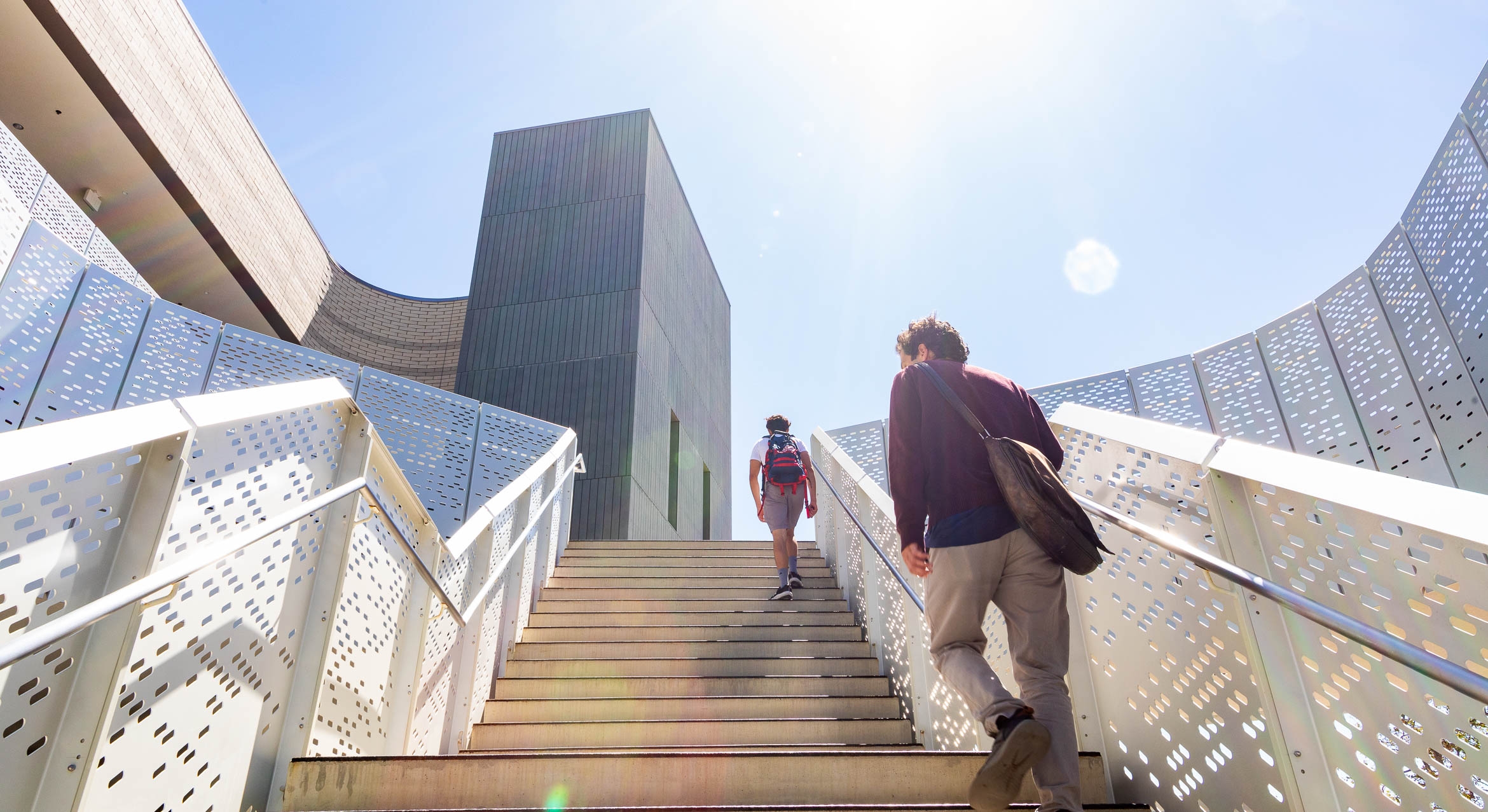Understanding aging on a cellular level
Look at a photo of any modern president before and after serving their term in office, and the effect of stress on aging is clear as day. Yet despite the obvious connection, scientists are still learning how stress contributes to the aging process at a cellular level.
To delve into this topic, UC Santa Barbara’s Max Wilson has just received a New Investigator Award from the Hevolution Foundation and American Federation for Aging Research. The award comes with $375,000 to support “projects in basic biology of aging or geroscience.”
Wilson wants to answer two primary questions. Firstly, how does a cell’s stress-signal processing change as it ages? Secondly, what genetic factors are required for cells to handle chronic stress? “We aim to understand how a particular stress-signaling pathway — the integrated stress response (ISR) — contributes to aging, and how its mechanisms degrade or change with age,” said Wilson, an assistant professor in the Department of Molecular, Cellular, and Developmental Biology.
The ISR plays a significant role in determining a cell’s fate under stress. It impacts adaptation, disease progression and cell death. “In fact, it underlies almost every known age-related disease in some way, from diabetes to neurodegeneration,” Wilson said. “Understanding how it changes with age can lead to new therapeutic targets and strategies to combat age-related diseases and potentially extend healthy lifespan.”
Scientists know that the ISR changes with age. However, they still don’t understand the details of how it governs decisions about a cell’s fate, or how aging alters these mechanisms. “Our research will investigate these mechanisms using innovative optogenetic tools to precisely simulate and control stress in human cells,” said Wilson, whose research often uses optogenetics, a technique for controlling cell activity using light.
This project is the next phase in a line of work Wilson published in 2023, where he devised a way to map a cell’s “stress memory landscape,” which interprets the stresses that a cell has already undergone and predicts the cell’s future reaction to stressors. “Now that we’ve developed this technique, we are applying it to understand stress in aging cells,” he said.
Harrison Tasoff
Science Writer
(805) 893-7220
harrisontasoff@ucsb.edu



